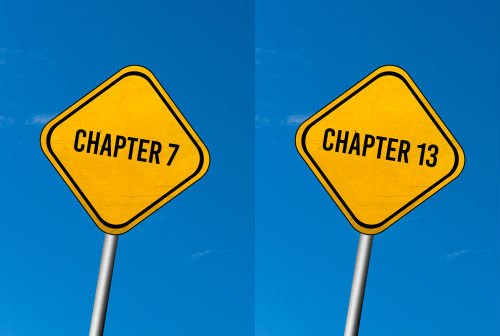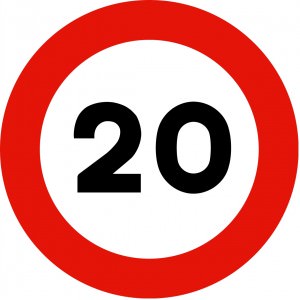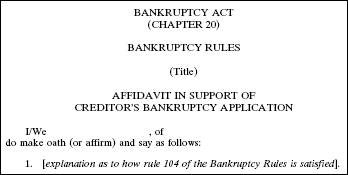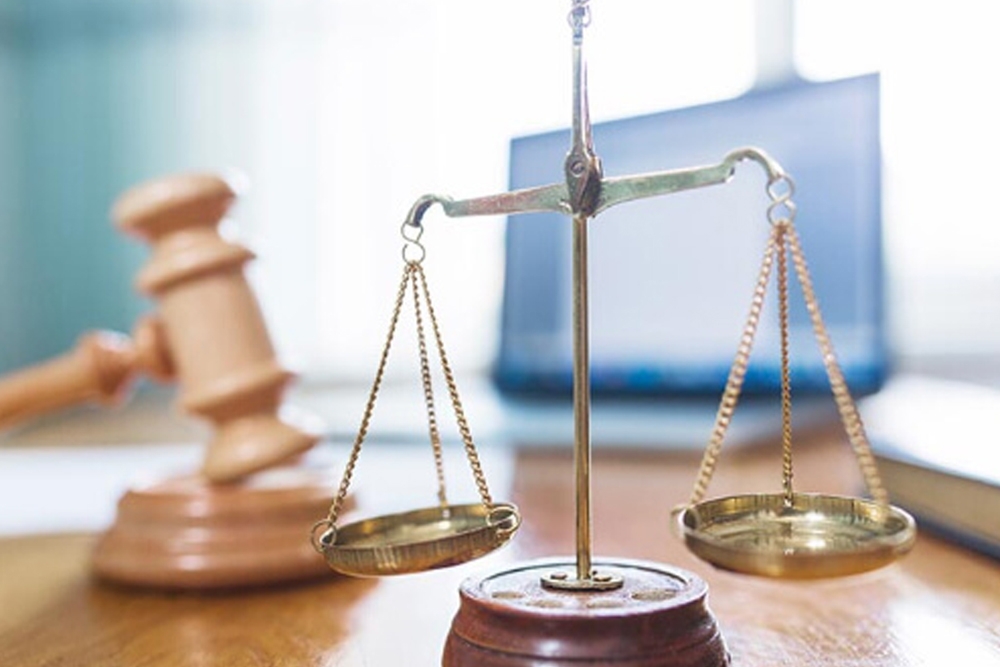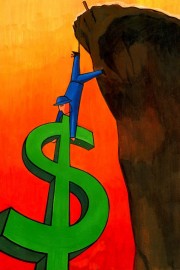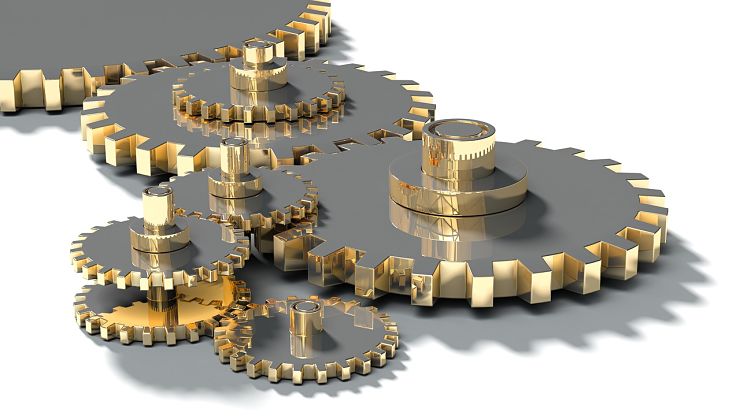What Is A Chapter 20 Bankruptcy

For some people chapter 20 bankruptcy is the best path to debt relief.
What is a chapter 20 bankruptcy. If you go looking for chapter 20 in the bankruptcy code you might be searching for a long time. While it s easy to find codes for chapter 7 chapter 11 and chapter 13 bankruptcy it might end up proving impossible to find any information in the u s. Most consumers are familiar with both chapter 7 and chapter 13 bankruptcy however most have never heard of a chapter 20 bankruptcy. Chapter 20 bankruptcy involves the discharge of personal liability as part of a chapter 7 case as well as the removal of a mortgage lien as part of a subsequent chapter 13 case.
Since bankruptcy reform in 2005 someone who files a chapter 13 right after their chapter 7 doesn t get a discharge in the chapter 13 case. No discharge in chapter 20. For example if a person is behind on the mortgage has significant non dischargeable debt. Legal code about chapter 20 bankruptcy.
Here s the benefit of filing back to back bankruptcy cases. A chapter 20 bankruptcy isn t an actual bankruptcy type. Some debtors have financial problems that are not completely solved by either a chapter 7 or chapter 13 bankruptcy in certain situations filing a chapter 13 bankruptcy immediately after completing a chapter 7 bankruptcy informally referred to as chapter 20 might provide more relief than filing a chapter 7 or chapter 13 alone. Chapter 20 is a creation of bankruptcy practitioners to describe the filing of a chapter 7 liquidation bankruptcy and then a quick filing of a chapter 13 repayment bankruptcy.
Why would anyone want to file two bankruptcy cases. Chapter 20 bankruptcy can be a strategic financial plan for debt relief. But it isn t for everyone. What is chapter 20 bankruptcy.
It s an informal name for the practice of filing for chapter 13 bankruptcy immediately after completing a chapter 7 case. That is a good question and there are some good answers for it. If you have non exempt assets that you wish to protect they will not survive the process. A debtor can discharge wipe out unsecured debts such as credit card balances in chapter 7.
Sometimes financial problems are too complex to be solved by chapter 7 or chapter 13 alone. The bankruptcy code does not have a chapter 20 option. It might seem odd to file two bankruptcies but there are situations where this could make a lot of sense. This is because the first step in a chapter 20 bankruptcy is filing chapter 7 and chapter 7 bankruptcy involves selling off any non exempt assets.
That s where chapter 20 comes in. A chapter 7 allows for the elimination of debt and the chapter 13 provides an affordable repayment plan on remaining debt.
